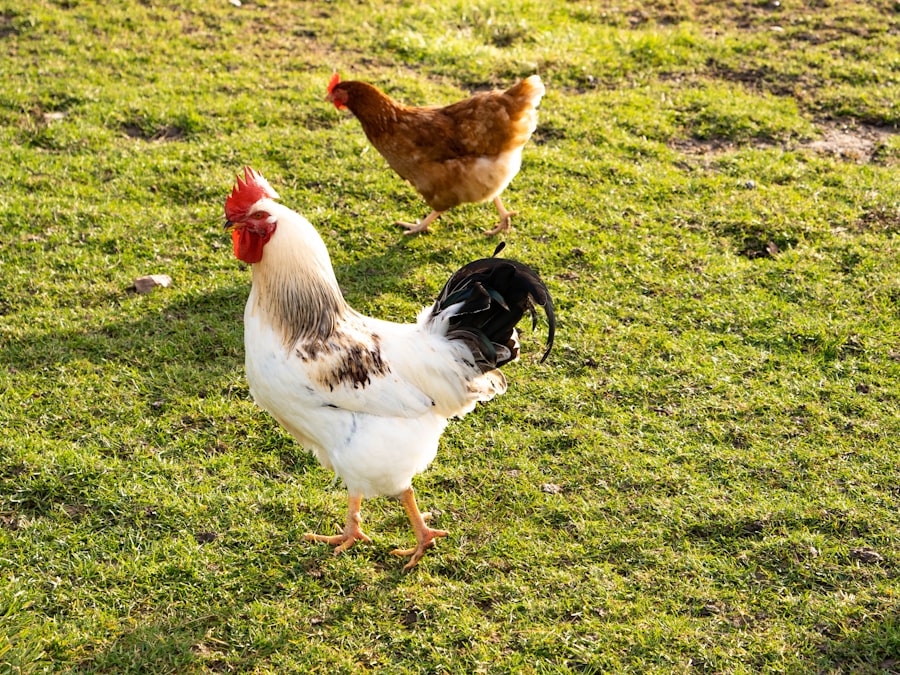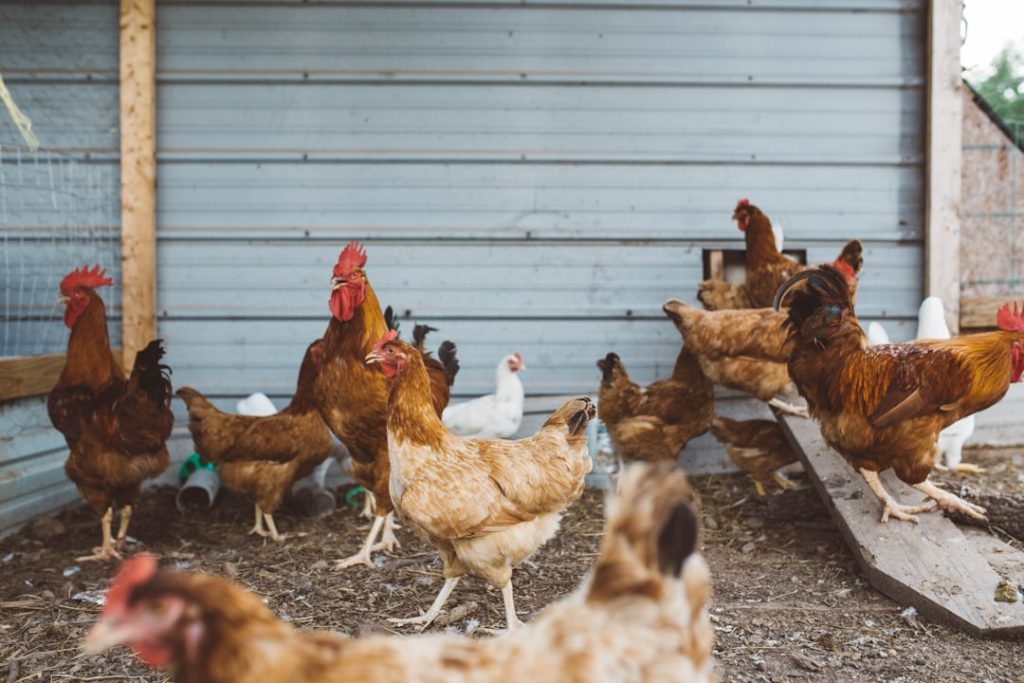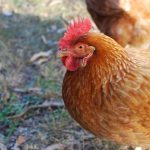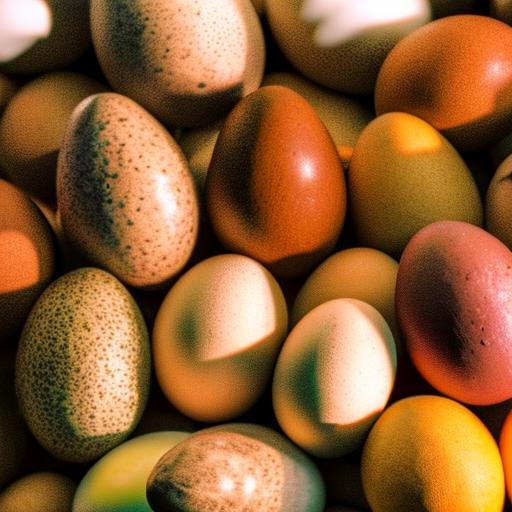Bantam chickens are miniature versions of standard chicken breeds, characterized by their small size and engaging personalities. These birds are favored by poultry enthusiasts for their ornamental qualities and suitability for limited backyard spaces. Bantams are available in numerous breeds, each possessing distinct features and attributes.
They are commonly kept for their attractive plumage, amiable nature, and production of small eggs. Bantam chickens can be an appealing choice for both novice and experienced chicken keepers. Typically weighing between 1 and 2 pounds, bantam chickens are notably smaller than standard breeds.
Despite their small stature, they are robust and adaptable birds capable of thriving in diverse climatic conditions. Bantams are renowned for their friendly and gregarious disposition, making them popular among families with children and those seeking backyard pets. These chickens are proficient foragers and can assist in pest control within gardens, adding practical value to their presence on a homestead.
Bantam breeds offer a unique and fulfilling experience for poultry enthusiasts, whether the primary interest is in egg production, meat, or companionship.
Table of Contents
Key Takeaways
- Bantam chickens are small, ornamental breeds that are popular for their compact size and unique appearance.
- Bantam chickens have a rich history, originating from various parts of the world and being bred for specific traits over centuries.
- Bantam chickens come in a wide range of colors and patterns, with distinct physical features such as feathered feet and crests.
- Some popular bantam breeds include the Silkie, Serama, and Dutch Bantam, each with their own unique characteristics and traits.
- Caring for bantam chickens involves providing proper housing, nutrition, and healthcare, as well as ensuring their safety and well-being.
History and Origin of Bantam Chickens
Origins in Asia
Bantam chickens can be traced back to Asia, where they were first bred for ornamental purposes. It is believed that bantams were originally brought to Europe by Dutch sailors in the 17th century, where they quickly gained popularity among poultry enthusiasts.
Global Popularity
Today, bantams are found all over the world and are prized for their beauty, charm, and versatility. They were originally bred in Southeast Asia, where they were prized for their ornamental value and used in religious ceremonies. They were later brought to Europe by Dutch traders and quickly gained popularity among poultry enthusiasts.
A Beloved Fixture in Backyard Flocks
In the United States, bantam chickens were first imported in the 19th century and have since become a beloved fixture in backyard flocks. Today, bantam chickens are bred for both their ornamental value and practical uses, making them a versatile and valuable addition to any poultry flock.
Characteristics and Physical Appearance of Bantam Chickens

Bantam chickens come in a wide variety of breeds, each with its own unique characteristics and physical appearance. They are known for their small size, with most breeds weighing between 1 and 2 pounds. Bantams also have distinctive feather patterns and colors, ranging from solid colors to intricate patterns and markings.
They come in both clean-legged and feather-legged varieties, adding to their visual appeal. Bantams also have a wide range of comb types, including single comb, rose comb, and pea comb, each contributing to their overall appearance. In addition to their small size and distinctive feather patterns, bantam chickens are also known for their friendly and sociable nature.
They are often described as being more docile and less flighty than standard chicken breeds, making them an ideal choice for families with children or those looking for a backyard pet. Bantams also have a charming and curious disposition, often following their owners around the yard and eagerly exploring their surroundings. Their small size and gentle nature make them easy to handle and care for, adding to their appeal as a popular choice for backyard flocks.
Popular Bantam Breeds
There are many popular bantam breeds, each with its own unique characteristics and traits. Some of the most popular bantam breeds include the Silkie, Sebright, Pekin, Serama, and Belgian d’Uccle. The Silkie is known for its fluffy plumage and gentle nature, making it a popular choice for families with children.
The Sebright is prized for its lustrous plumage and striking appearance, while the Pekin is valued for its friendly disposition and excellent brooding abilities. The Serama is the smallest breed of chicken in the world, known for its confident and outgoing personality. The Belgian d’Uccle is prized for its striking feather patterns and elegant appearance.
Each bantam breed has its own unique characteristics and traits that make it well-suited for different purposes. Some breeds are valued for their ornamental value, while others are prized for their practical uses such as egg production or brooding abilities. Whether you are looking for a charming addition to your backyard flock or a practical addition to your homestead, there is a bantam breed to suit your needs.
Caring for Bantam Chickens
Caring for bantam chickens is relatively straightforward and requires attention to their basic needs such as shelter, food, water, and healthcare. Bantams can be housed in smaller coops or chicken tractors due to their small size, making them well-suited for smaller backyard spaces. They require protection from predators and the elements, as well as access to fresh water and a balanced diet of commercial feed supplemented with kitchen scraps and foraged greens.
Bantams also require regular health checks and preventative care to ensure they remain healthy and happy. In addition to providing proper shelter, food, water, and healthcare, bantam chickens also benefit from social interaction and mental stimulation. They thrive in environments where they can scratch and peck at the ground, dust bathe, and explore their surroundings.
Providing enrichment activities such as perches, dust bathing areas, and toys can help keep bantams mentally stimulated and prevent boredom. Regular handling and interaction with their owners can also help bantams become more tame and friendly, making them enjoyable pets for families with children.
Uses of Bantam Chickens

Ornamental Value
Many people keep bantams as pets due to their unique feather patterns and colors, which come in a wide variety of breeds. Their small size and charming personalities make them a popular choice for families with children or those looking for a backyard pet.
Practical Uses
Bantams are also valued for their ability to lay small eggs, making them a practical addition to any homestead or small farm. Additionally, they are excellent foragers and can help control pests in the garden, making them a valuable asset to any homestead.
Breeding and Brooding
In addition to their ornamental value and egg production abilities, bantam chickens are also excellent brooders and mothers. Many bantam breeds have strong maternal instincts and are capable of hatching and raising chicks, making them valuable additions to a breeding program or as surrogate mothers for hatching eggs from other poultry species.
Conclusion and Considerations for Keeping Bantam Chickens
In conclusion, bantam chickens are a delightful addition to any backyard flock or homestead. They come in a wide variety of breeds with unique characteristics and traits that make them well-suited for ornamental value, egg production, brooding abilities, or simply as pets. Caring for bantam chickens requires attention to their basic needs such as shelter, food, water, healthcare, social interaction, and mental stimulation.
Whether you are a beginner or an experienced chicken keeper, bantam breeds offer a unique and rewarding experience for poultry enthusiasts. Before deciding to keep bantam chickens, it is important to consider your available space, time commitment, and intended purpose for keeping them. Bantams are well-suited for smaller backyard spaces due to their small size but still require proper shelter, food, water, healthcare, social interaction, and mental stimulation.
They can be valuable additions to any homestead or small farm due to their ornamental value, egg production abilities, brooding instincts, and pest control capabilities. Whether you are looking for a charming addition to your backyard flock or a practical addition to your homestead, there is a bantam breed to suit your needs.
If you’re interested in learning more about bantam breeds of chickens, you might also want to check out this article on A-Frame Chicken Coops. This article provides valuable information on how to properly house and care for bantam chickens, as well as other breeds, in a safe and comfortable environment.
FAQs
What are bantam breeds of chickens?
Bantam chickens are small breeds of chickens, typically one-fourth to one-fifth the size of standard chicken breeds. They are known for their compact size and often have similar characteristics to their larger counterparts.
What are some popular bantam breeds of chickens?
Some popular bantam breeds of chickens include the Silkie, Sebright, Pekin, Dutch, and Serama. These breeds are known for their unique appearances and friendly dispositions.
What are the advantages of raising bantam breeds of chickens?
Raising bantam breeds of chickens can be advantageous for those with limited space, as they require less room than standard breeds. They are also often more docile and can be kept as pets or for ornamental purposes.
What are the differences between bantam and standard chicken breeds?
The main difference between bantam and standard chicken breeds is their size. Bantam breeds are much smaller and more compact, while standard breeds are larger and typically raised for meat and egg production.
Are bantam breeds of chickens good for beginners?
Bantam breeds of chickens can be a good choice for beginners, as they are often easier to handle and require less space and resources compared to standard breeds. They can also be a great introduction to chicken keeping for those new to poultry farming.
Meet Walter, the feathered-friend fanatic of Florida! Nestled in the sunshine state, Walter struts through life with his feathered companions, clucking his way to happiness. With a coop that’s fancier than a five-star hotel, he’s the Don Juan of the chicken world. When he’s not teaching his hens to do the cha-cha, you’ll find him in a heated debate with his prized rooster, Sir Clucks-a-Lot. Walter’s poultry passion is no yolk; he’s the sunny-side-up guy you never knew you needed in your flock of friends!








